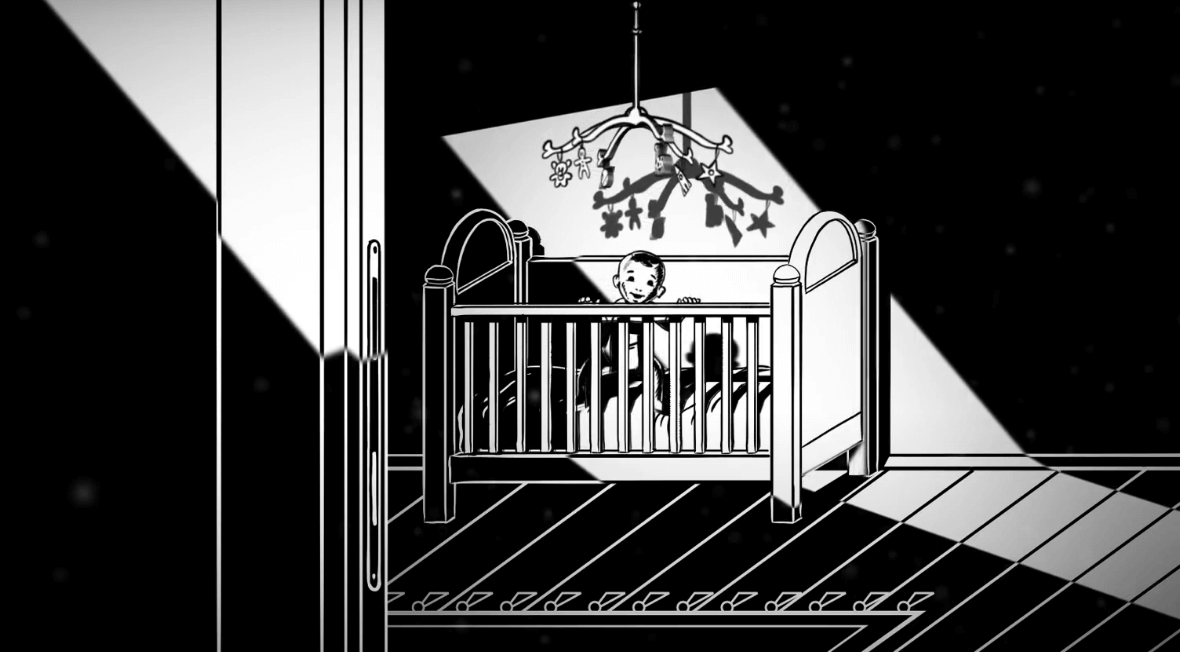If in childhood we are neglected, or parents are not paying attention to us, then we enter an area where we want even more attention from unavailable people. And repeating the life scenario, we end up in relationships with either unavailable people or abusive people.
First, a child who has lived in a traumatic environment will become either an aggressor or a victim. Let’s talk about Learned Powerlessness so that we can understand better. Learned Helplessness is a concept developed by psychologist Martin Seligman in 1969. Following a laboratory experiment on dogs, he discovered that those who had not had control the first time had learned to be passive in the face of a similar new challenge.
Why are we interested? Because it is essential in the cycle of repetition of family violence. Suppose the child notices that there is nothing to do, that he is powerless and cannot protect himself from an aggressive adult or his mother is the victim of violence In that case,as an adult he will get stuck when he encounters a similar situation, will have the victim’s typology. It will be very difficult, if not impossible, to get out of an aggressive framework/relationship. Not because he can’t, but because deep down, he doesn’t think it’s possible. He has no hope.
That’s why it’s also so hard to help them because they don’t trust you. Their lives have shown them that it is impossible. I give the example of the child who, when hit by his mother, is in a state of denial so strong that he sits, “Oh, SOMEONE hit me!”. Because he can’t actually associate the person he loves with the harm she does to him. In adulthood, this child will repeat the same pattern with the aggressor.
In stressful, repeating conditions, we cannot cope, and we give up adaptive efforts. The effects are very damaging in the long run. In general, children up to the age of 8 have already learned this.








